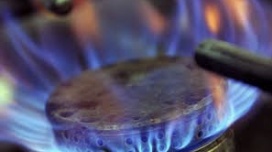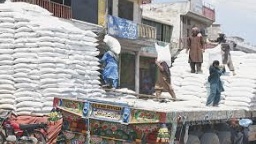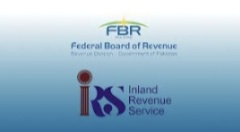With aim to promote the efficient use of scares commodity i.e. natural gas while keeping in view the sustainability and affordability, the Federal Government on Monday the 30th October, 2023 approved increase in price of natural gas for different categories of the consumers as advised by the OGRA with effective from 1st November, 2023.
According to press release the Economic Coordination Committee (ECC) of the Cabinet earlier on 23rd October, 2023 considered the summary submitted by the Petroleum Division and approved the increase in the natural gas prices.
The Federal Cabinet in its meeting held on 30th October, 2023 (today) refer back the summary for reconsideration of the ECC. The ECC in its meeting held on 30th October, 2023 (today at 4 pm) approved the revised natural gas prices.
The rapidly dwindling natural gas reserves at rate 5-7% per year is burdening the national gas basket with more expensive imported fuel (LNG).
The drastic devaluation of rupee against dollar coupled with general inflation which has increased cost of gas exploration, production, distribution and transmission have resulted into increasing cost of gas.
The previous governments retained control of pricing a scarce commodity instead of strengthening the regulator and creating strong internal controls in the system for transparency and efficiency. Inadequate gas pricing in the previous governments and no financing for the imported gas diversion over the years dented the national exchequer and created a circular debt stock of PKR 2.1 trillion (without interest).
In the name of affordability, some of the most profitable businesses of the country are availing the cheapest natural gas. This has unduly enriched certain sectors while depriving lowest income class including poor farmers and small-scale industries.
The pricing decision has been a very difficult one for the caretaker government. The affordability objective had major clash with the sustainability argument of the supply chain. It’s known that the country is under the IMF program which has abolished subsidies of all sorts.
The last price increased w.e.f. January, 2023 was the first increase in the last two and half (2.5) years. The inadequate action resulted in an increase of PKR 461 billion in FY 22-23 only. In case the caretaker government does not proceed to increase prices as per OGRA’s advice and fund the RLNG diversion to domestic segment in absence of subsidies, there shall be a further addition in circular debt of around PKR 400 billion.
The main objectives have been sustainability for the supply chain i.e., no circular debt flow in true sense, devising practical and targeted affordability; especially the protected consumers and businesses and maximizing accessibility to gas for those who can efficiently use it.
Being the urban phenomenon, only 30% households of Pakistan are availing piped gas and the remaining population of the country is either using LPG in cities and town and biomass, wood and cow-dung in rural areas with some exceptions.
The 57% of the domestic gas connections fall in the protected category where there is no increase in gas price. Fixed bill of only Rs.400 per month is being introduced. It is still ensured that the monthly bill of protected class does not exceed Rs.900 on a consumption of 0.9 hm3 in a month.
For unprotected categories, tariff is increased on a progressive basis with higher income households paying higher tariff. This is to ensure that middle income households are not burdened unnecessarily.
The government has completely unchanged the sale price for gas supplies to Roti tandoors because “Roti” is prime and foremost necessity.
The Fertilizer prices are kept in line with Mari gas field’s cost of gas which is Rs.580 per mmbtu, only a Rs.70 increase over the previous price just not to affect the farmers getting urea and ensure food security.
The industry tariffs are set so as to rationalize the gas prices in North and South region and create a level playing field for everyone.
Petroleum division in consultation with stakeholders has developed a Regionally Competitive Energy Tariff (RCET) considering the industry in India, Bangladesh and Vietnam, which have developed themselves and emerged as net exporters.
The Petroleum Division envisages to discourage captive usage by export and non-exports customers and has kept their prices higher than process. The demand destruction measures are focused on conservation of gas in sectors where gas use is inefficient, unbridled or where alternate fuels are available.
More than 50% of the Commercial category consumers in the country already use LNG. More than 27% of the gas connections of CNG category are RLNG based. The efficiency adjusted cost of CNG is almost half of that with Petrol in equivalent terms.


